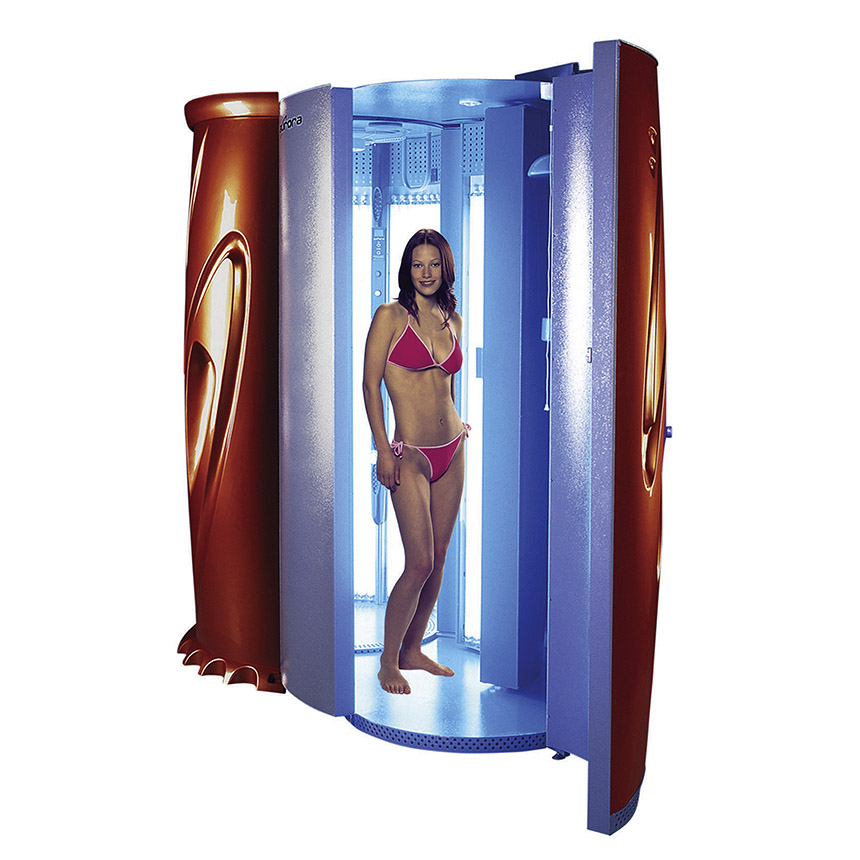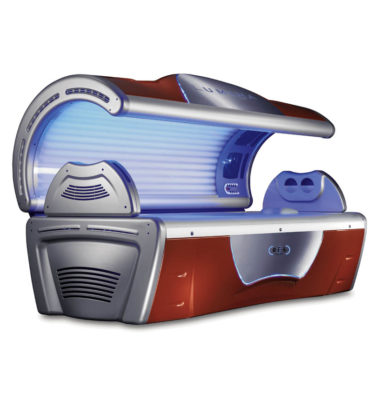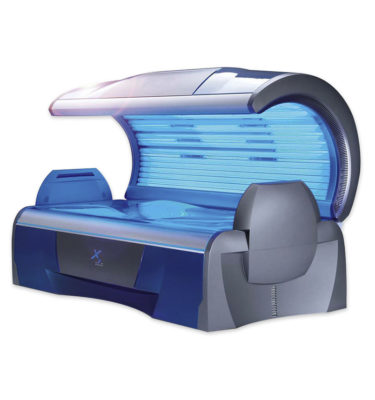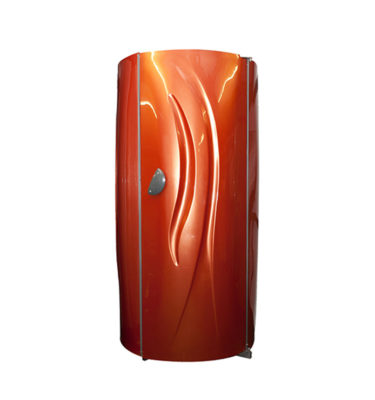• The aurora vertical tanning unit, combines elegant looks, durability, performance and precision engineering to give the customer an outstanding tanning experience.
• It has a high-powered ceiling fan and body cool jet system, offering superb cooling for client comfort and ensuring that the lamps function at optimal temperatures for improved tanning performance.
• The unit is clad with a metallic self-coloured, plastic-moulded exterior
• 60 x 200 or 225 Watt tubes
• Body cooling fan and body cool jet system.
• Electronic control panel including time display.
• Acrylic or grill lamp covers.
• Hour counter.
• Loud speaker.
• Emergency stop button.
• Adjustable feet.
• Exit sign.
• Changing cubicles available at extra cost
(1) You will find a skin-type table in the instruction manual for your device. Use this table to determine which type of skin you have so you can adhere to the recommended session time. (2) Remove jewellery, cosmetics and perfume. Some medicines and beauty products contain substances that can lead to undesirable reactions during tanning. Other substances sometimes also have a similar effect. Your instruction manual contains a list of some substances known to possibly react to UV light. Consult this list before your tanning session.






